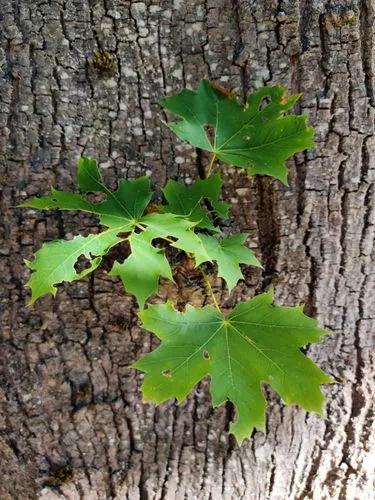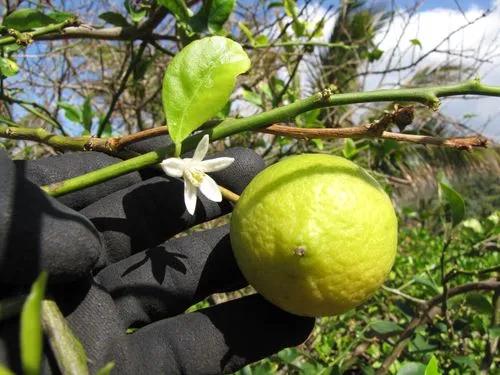Salix sericea, also known as silky willow, is a shrub in the Salicaceae family that grows in swamps and along rivers in eastern United States and Canada. It is 2 to 4 m (6.6 to 13.1 ft) tall and has long, thin, purplish twigs. The leaves are 6–10 cm long, 7–8 mm wide, lanceolate, acuminate, serrulate, dark green and lightly hairy on top, and light green and densely covered with white silky hairs underneath. Mature leaves are glabrous. The petioles are 1 cm long. Catkins are sessile and usually bracteate. S. sericea blooms in May and fruits in June.
Silky Willow Care
Salix Sericea



It was brought to the U.S. in the 1700s by European settlers and has since escaped landscape plantings and naturalized in many parts of North America. This is an upright, fast-growing, deciduous tree than grows to 50-80’ tall with erect branching that typically forms a broad, loose, open crown. Bark is yellowish-brown. The species is now rarely sold, but a number of cultivars are very popular, including plants noted for weeping form and for showy red or yellow winter twigs. This is a dioecious species, with flowering catkins appearing on separate male and female trees in May. Male catkins (to 2” long) are somewhat showy, having tiny flowers with yellowish anthers and two stamens. Female catkins are smaller and non-showy, with greenish flowers. Narrow, lanceolate, finely-toothed leaves (to 4” long) are gray-green above and white-silky beneath. Leaves gradually taper at the bases. Variable fall color is usually a pale yellow, but sometimes appears as a quality yellow.
How to Care for the Plant

Popularity

7 people already have this plant 2 people have added this plant to their wishlists
Discover more plants with the list below
Popular articles






